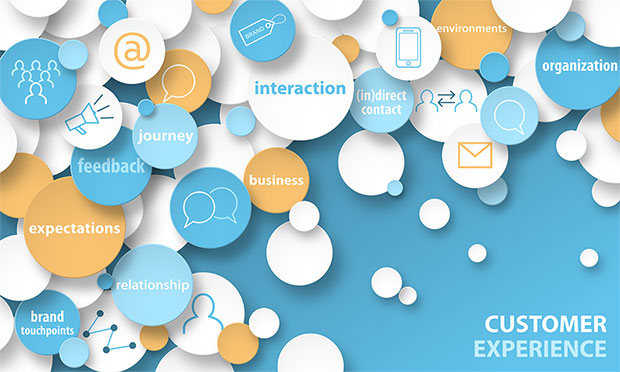Adobe on Monday announced the availability of Adobe Experience Manager as a Cloud Service for B2B and B2C companies of all sizes.
The service provides “a globally scalable, agile and secure digital foundation that optimizes marketer and developer workflows across the entire content lifecycle, and connects to data insights to deliver personalized experiences across the customer journey,” said Haresh Kumar, director of product marketing for Adobe Experience Manager.
“It allows companies to be far more nimble and scale at any point, because Experience Manager is always on, always current, always at scale, and always learning,” he told CRM Buyer.
Built-In Intelligence
Adobe Experience Manager as a Cloud Service integrates scalable, secure and agile content management; digital asset management; digital signage management; and customer communication applications.
It eliminates the need to build in downtime to accommodate version upgrades.The production environment is configured and constantly maintained to be consistent with Adobe’s standard security practices and controls.
Brands can combine insights from a customer’s previous purchases and interest in emails about particular products using Adobe Sensei, the company’s artificial intelligence and machine learning framework, to recommend items the customer is likely to purchase. Adobe Sensei also lets brands automatically tag images and videos.
Brands can create and deliver experiences across any channel, device or app, using built-in Adobe Sensei capabilities to automate the adaptation of content for different channels.
Teams can work simultaneously on multiple assets for multiple channels, saving time.
Pricing scales seamlessly and the solution can be scaled based on usage metrics.
Early results from mid-market companies to large enterprises using the application show ingestion time is 50 percent faster, administrative efficiency increased 40 percent and author productivity increased by more than 20 percent, Adobe said.
Good for Customers, Good for Adobe
“This is a good move for Adobe, and one that should have considerable benefits for its customers,” remarked Nicole France, principal analyst at Constellation Research.
By redesigning Adobe Experience Manager to operate through a microservices architecture, the company “is making it significantly easier for its customers both to integrate various sources of digital assets and content, and to present that content across digital channels,” she told CRM Buyer.
In general, offerings that manage multiple sources of content and information across multiple channels with a consistent, easy-to-use interface make it possible for companies to streamline and improve the way they interact with their customers, France observed.
They therefore let staff focus on the messages or sentiments they’re trying to communicate and how to do that most effectively rather than on the minutiae of which assets and channels to use, she noted.
“Focusing on the higher-order customer interaction, rather than the mechanics of how to make it happen, certainly improves a company’s ability to create positive customer experiences,” France said.
However, the term “experience manager” is a misnomer, in her view.
“This really isn’t a tool for managing customer experiences — not least because no one can ‘manage’ customer experiences — but one for dynamically managing the assets that form a large part of digital customer interactions,” France explained.
“Experiences are, by definition, subjective. It’s impossible to manage a customer’s experience, but it is possible to stack the deck to make it more likely that the experience is a good one. Having the right tools is an important step in that direction,” she said.
Continuous Innovation
“This really is a matter of speed and ease rather than a revolutionary shift in offering, allowing for an acceleration of delivery of omnichannel assets,” said Liz Miller, principal analyst at Constellation Research.
For both B2B and B2C companies, the modernization of the Experience Manager architecture “enables the power of the cloud to meet the power of creativity, allowing for a broad range of assets to be quickly accessed, updated, personalized or modified on the fly with strong uptime and availability,” she told CRM Buyer.
Access to Adobe’s continuous innovation means customers do not have to wait for the next update or round of releases, Miller said.”Innovation can be made available on the fly and without lag.”
For B2C companies in particular, the rapid scale up and down based on their needs means the assets they need and the experience they want to deliver through their content “is just as robust in points of uptime crunch as it is in low traffic moments,” she added, which “empowers performance at the scale of a customer, versus the scale and uptime availability of how the Adobe platform is implemented.”
Edge on the Competition
Oracle and Salesforce have been offering service clouds for years, and SAP is working with Accenture to develop vertical service clouds for industries.
Adobe’s heritage in content development gives it the edge, because “Experience Manager empowers the engagement process from creative ideation all the way through to optimized asset delivery,” Miller said. Adobe is “looking to eliminate the creative gap between asset creation and engagement.”














































Social Media
See all Social Media